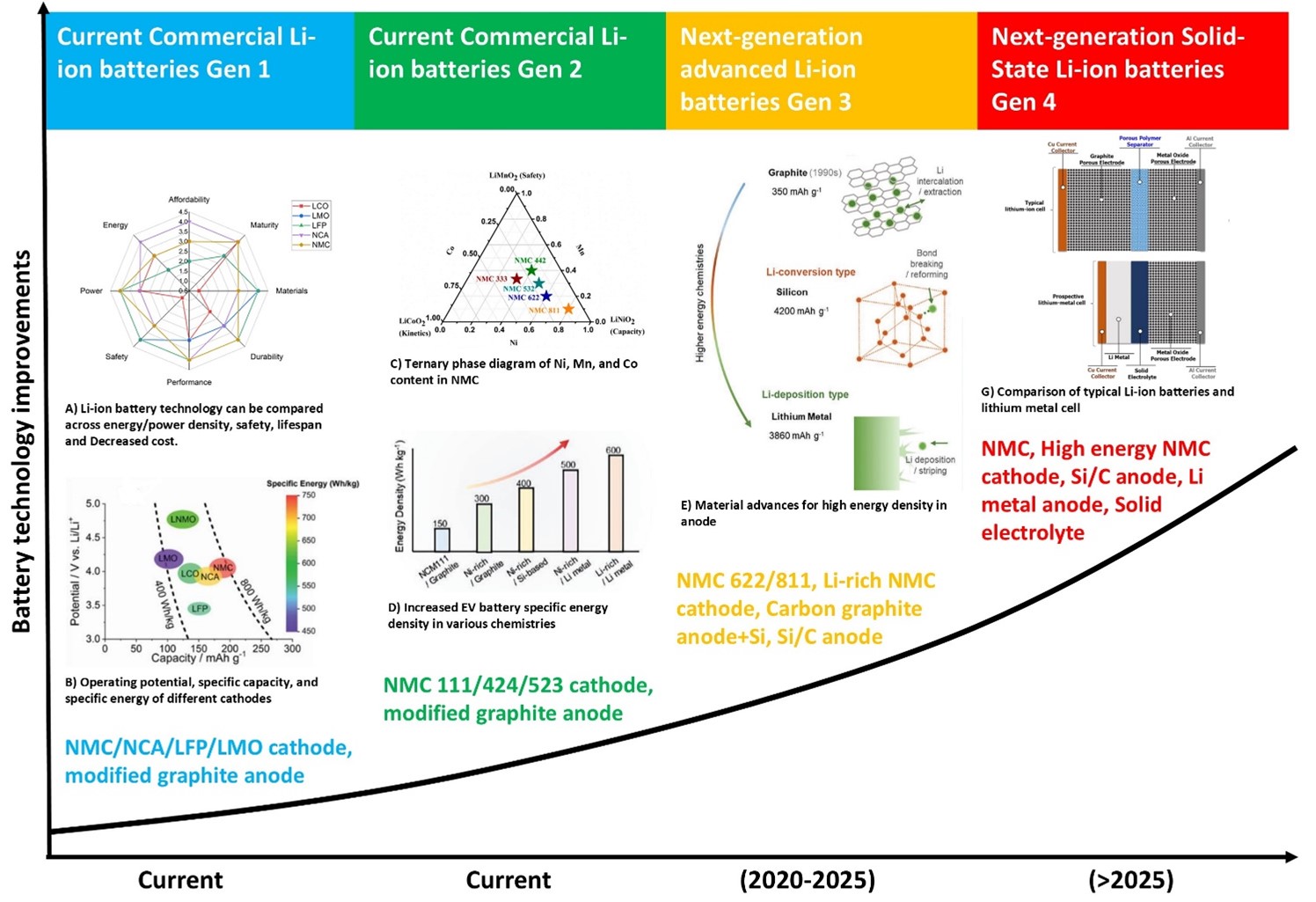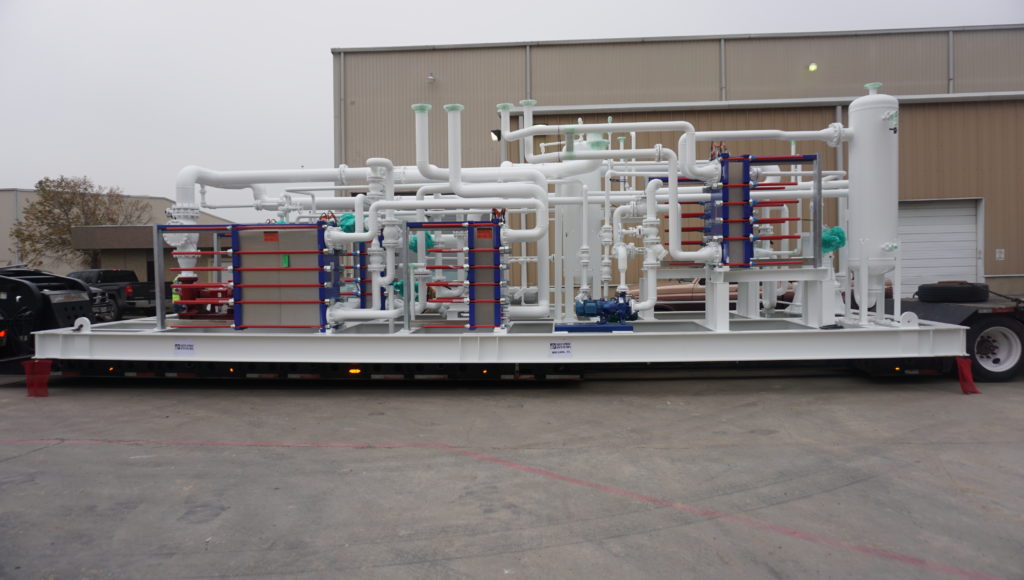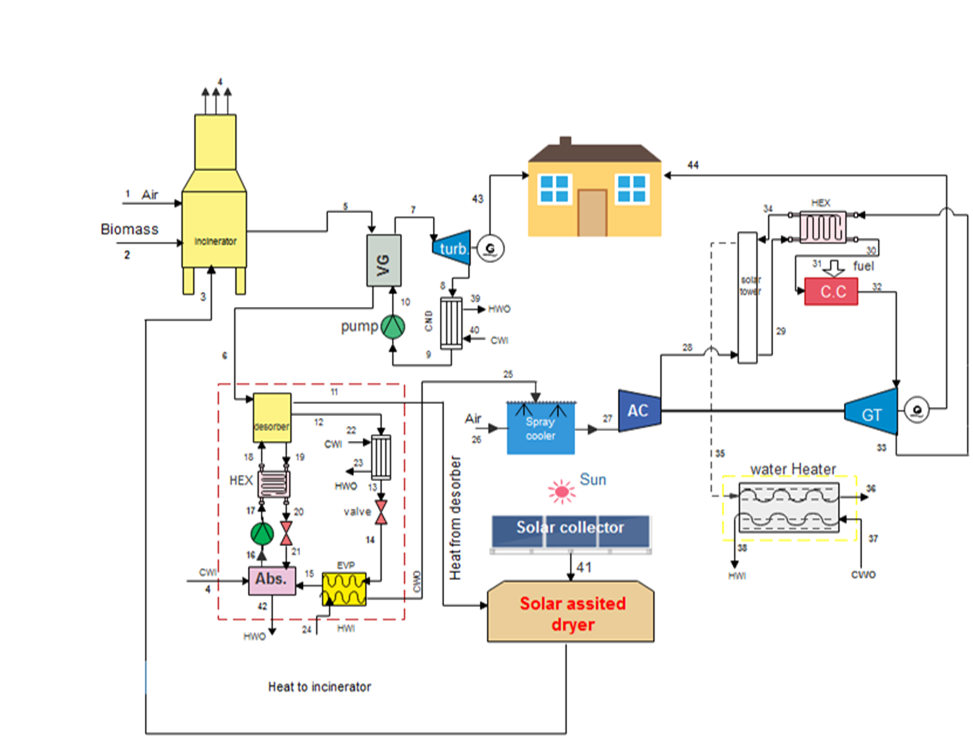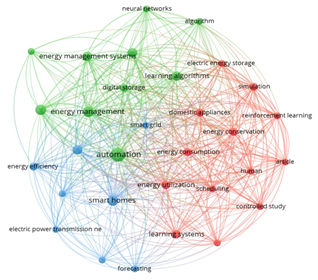Analysis and forecast of renewable energy production and investment development in the Republic of Kazakhstan

Downloads
This study examines the structural, financial, and policy dimensions of renewable energy development in the Republic of Kazakhstan between 2022 and 2024, offering projections through 2030. Drawing on national legislation, statistical datasets, international benchmarks, and qualitative field insights, it evaluates production dynamics across solar, wind, hydro, and bioenergy systems. Quantitative analysis reveals a 42.8% increase in renewable electricity output over the three-year period, reaching a 6.43% share in total electricity generation by end-2024, yet still below nationally mandated targets for 2030 and 2050. The paper explores the evolving legal framework supporting both utility-scale and distributed energy initiatives, highlighting incentives such as auction-based feed-in pricing, tax exemptions, extended power purchase agreements, and individual producer rights. It identifies systemic barriers, including tariff indexation delays, currency risks, limited access to concessional finance, and infrastructure bottlenecks. Financing structures dominated by debt instruments and international capital flows are mapped through institutional profiles. Comparative policy analysis and stakeholder feedback from events like Qazag Green Fest inform a set of integrated recommendations: expanding energy storage systems; modernizing grid infrastructure; deploying green taxonomies and investor safeguards; and scaling technical education and public awareness campaigns. The findings underscore Kazakhstan’s pivotal opportunity to transition toward energy sovereignty and climate resilience through coordinated public–private strategies, regulatory clarity, and robust investment mechanisms.
Lim N., Zhanadilova Z., Chadiarova J., Begenova S., Kim M., (2021). Renewable Energy Market in Kazakhstan: Potential, Challenges and Prospects, 1st ed. https://www.pwc.com/kz/en/publications/esg/may-2021-rus.pdf, Accessed on 07/15/2025.
UNDP, (2022). Information package on the implementation of low-capacity renewable energy projects in Kazakhstan. https://www.undp.org/kazakhstan/publications/information-package-implementation-low-capacity-renewable-energy-projects-kazakhstan, Accessed on 07/15/2025.
Arent D. J., Wise A., Gelman R., (2011). The Status and Prospects of Renewable Energy for Combating Global Warming, Energy Economics, 33:4, 584-593. https://doi.org/10.1016/j.eneco.2010.11.003
DOE, (2017). Valuation of Energy Security for the United States. Report to Congress, January 2017, U.S. Department of Energy, https://www.energy.gov/sites/prod/files/ 2017/01/f34/Valuation%20of%20Energy%20Security%20for%20the%20United%20States%20%28Full%20Report%29_1.pdf , Accessed on 07/15/2025.
Tugcu C. T., Ozturk I., Aslan A., (2012). Renewable and non-renewable energy consumption and economic growth relationship revisited: Evidence from G7 countries, Energy Economics, 34:6, 1942-1950. https://doi.org/10.1016/j.eneco.2012.08.021
Jacobson M. Z., Delucchi M. A., (2009). A Plan to Power 100 Percent of the Planet with Renewables, Scientific American, https://www.scientificamerican.com/article/a-path-to-sustainable-energy-by-2030/, Accessed on 07/15/2025.
Schwarz H-G, Dees P, Lang C, Meier S (2008) Quotenmodelle zur Förderung von Stromerzeugung aus Erneuerbaren Energien: Theorie und Implikationen. IWE working paper Nr. 01-2008, Friedrich-Alexander-Universität, Nürnberg-Erlangen.
Firat C., Yerzhanov M. S., Yerzhanova A. M., (2024). Financial Support for the Development of Renewable Energy in the Republic of Kazakhstan and Turkey. Vestnik KarQU, Issue 29, P. 208–218.
Lee, T., (2019). Financial investment for the development of renewable energy capacity. Energy & Environment, 32:6, 1103-1116. https://doi.org/10.1177/0958305X19882403
Dönmez, N., (2023). Taxation and Incentives in Renewable Energy, Energy Investments, 22, 220–245. https://doi.org/10.17755/esosder.1208131
Rezec, M., & Scholtens, B. (2017). Financing energy transformation: The role of renewable energy equity indices. International Journal of Green Energy, 14:4, 368–378. https://doi.org/10.1080/15435075.2016.1261704
Zhang, M., Zheng L., Xie Y., (2023). Spatial spillover effect of Green Finance and Clean Energy on China's Provincial Green Economic Development, Environmental Science and Pollution Research, 30, 74070-74092. https://doi.org/10.21203/rs.3.rs-2677905/v1
Maqbool, R., Deng X., Ashfaq S., (2020). Success of renewable energy projects under the financial and non-financial performance measures, Sustainable Development, 28:5, 1366–1375. https://doi.org/10.1002/sd.2089
Ausharipova D. Ye., Kulumbetova L. B., (2020). Circular Economy - A Tool for Developing Green Business in Kazakhstan, (In Russ.), Bulletin of Turan University, 3, 190–196. https://doi.org/10.46914/1562-2959-2020-1-3-190-196
Zhunussova G. Zh., Nurmukhanova G. Zh., (2019). The assessment of prerequisites for renewable energy development in Kazakhstan, Bulletin of Turan University. 4, 235-241. https://vestnik.turan-edu.kz/jour/article/view/889?locale=en_US, Accessed on 07/15/2025.
QAZSTAT, (2025). Industry Statistics, Energy Statistics.Bureau of National statistics of Agency for Strategic planning and reforms of the Republic of Kazakhstan, https://stat.gov.kz/en/industries/business-statistics/stat-energy/, Accessed on 07/15/2025.
Petersen M., Hordvei E., Hummelen S. E., Backe S., Andreae E., You S., Cronin A., Mortensen H. B., (2025). The role of financial mechanisms in advancing renewable energy and green hydrogen, Journal of Cleaner Production, 519, 146048, https://doi.org/10.1016/j.jclepro.2025.146048.
Mouraviev N., (2021). Renewable energy in Kazakhstan: Challenges to policy and governance, Energy Policy, 149, 112051, https://doi.org/10.1016/j.enpol.2020.112051.
Shakeyev S., Kosherbayeva K., Yessenova G. and Zhanseitov A., (2023). Enhancing the Green Energy Revolution: Analyzing the Impact of Financial and Investment Processes on Renewable Energy Projects in Kazakhstan, Economics, 11:1, 165-182. https://doi.org/10.2478/eoik-2023-0057.
Zhakiyev N., Akhmetov Y., Omirgaliyev R., Mukatov B., Baisakalova N., Zhakiyeva S. and Kazbekov B., (2024). Comprehensive Scenario Analyses for Coal Exit and Renewable Energy Development Planning of Kazakhstan Using PyPSA-KZ, Engineered Science, 29, 1085. http://dx.doi.org/10.30919/es1085.
Mukhamediev R. I., Mustakayev R., Yakunin K., Kiseleva S. and Gopejenko V., (2019). Multi-Criteria Spatial Decision Making Supportsystem for Renewable Energy Development in Kazakhstan, IEEE Access, 7, 122275-122288, https://doi.org/10.1109/ACCESS.2019.2937627.
Ahmad S., Nadeem A., Akhanova G., Houghton T., Muhammad-Sukki F., (2017). Multi-criteria evaluation of renewable and nuclear resources for electricity generation in Kazakhstan, Energy, 141, 1880-1891, https://doi.org/10.1016/j.energy.2017.11.102.
Qadir S. A., Al-Motairi H., Tahir F., Al-Fagih L., (2021). Incentives and strategies for financing the renewable energy transition: A review, Energy Reports, 7, 3590-3606, https://doi.org/10.1016/j.egyr.2021.06.041.
Donastorg A., Renukappa S. and Suresh S., (2017). Financing Renewable Energy Projects in Developing Countries: A Critical Review, IOP Conf. Ser.: Earth Environ. Sci., 83, 012012, https://doi.org/10.1088/1755-1315/83/1/012012.
Long P. D., Tram N. H. M., Ngoc P. T. B., (2024). Financial mechanisms for energy transitions: a review article. Fulbright Review of Economics and Policy, 4:2, 126–153. https://doi.org/10.1108/FREP-07-2024-0039.
Isah A., Dioha M. O., Debnath R., Abraham-Dukuma M. C. & Butu H. M., (2023). Financing renewable energy: policy insights from Brazil and Nigeria. Energ Sustain Soc., 13:2, 2-16 https://doi.org/10.1186/s13705-022-00379-9.
Alharbi S. S., Mamun M. A., Boubaker S., Rizvi S. K. A., (2023). Green finance and renewable energy: A worldwide evidence, Energy Economics, 118, 106499, https://doi.org/10.1016/j.eneco.2022.106499.
Wang Q., Fan Z., (2023). Green finance and investment behavior of renewable energy enterprises: A case study of China, International Review of Financial Analysis, 87, 102564, https://doi.org/10.1016/j.irfa.2023.102564.
Hu, H., Zhang, Q., Yin, H.-T., & Chang, C.-P., (2025). Renewable energy investment, green finance and green economy in Chinese A-share enterprises. Asian Economic Journal, 39:2, 245–273. https://doi.org/10.1111/asej.12354.
Sun, Y., Bao, Q. & Taghizadeh-Hesary, F., (2023). Green finance, renewable energy development, and climate change: evidence from regions of China. Humanit Soc Sci Commun., 10, 107. https://doi.org/10.1057/s41599-023-01595-0.
Hailiang, Z., Iqbal, W., Chau, K. Y., Raza Shah, S. A., Ahmad, W., & Hua, H., (2022). Green finance, renewable energy investment, and environmental protection: empirical evidence from B.R.I.C.S. countries. Economic Research-Ekonomska Istraživanja, 36:2. https://doi.org/10.1080/1331677X.2022.2125032.
Xu J., Liu Q., Wider W., Zhang S., Fauzi M. A. , Jiang L., Udang L. N., An Z., (2024). Research landscape of energy transition and green finance: A bibliometric analysis. Heliyon, 10:3, e24783. doi: 10.1016/j.heliyon.2024.e24783.
Colla M., Ioannou A., Falcone G., (2020). Critical review of competitiveness indicators for energy projects, Renewable and Sustainable Energy Reviews, 125, 109794, https://doi.org/10.1016/j.rser.2020.109794.
Sinha A., Ghosh V., Hussain N., Nguyen D. K., Das N., (2023). Green financing of renewable energy generation: Capturing the role of exogenous moderation for ensuring sustainable development, Energy Economics, 126, 107021, https://doi.org/10.1016/j.eneco.2023.107021.















